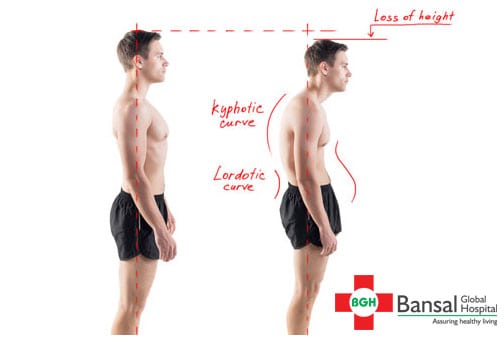Trademark clinical characteristics of Achondroplasia includes short appendages with rhizomelia, long and thin trunk and macrocephaly with front facing bossing and midfacial hypoplasia with discouraged nasal scaffold are also commonly noticeable upon birth.
Hands are expansive, short and harpoon molded. Hypotonia causes hypermobile joints especially in the lower limits. A more unusual shape in the upper limbs, especially the forearms, can prompt genuine sequelae in early stages like spinal rope pressure or vertebral vein pressure prompting focal apnea.
What causes Achondroplasia?
Achondroplasia occurs because of a change in the fibroblast development factor receptor 3 (FGFR3) quality, encoding a transmembrane receptor that is significant in managing direct bone development, but affects different patients in different capacities. Practically all changes influence a particular glycine that is subbed to an arginine (G380R), prompting rapid transformation and deformation. There are no clinical indicative models for achondroplasia. Analysis depends on radiological and clinical testing. A skeletal review will exhibit summed up metaphyseal inconsistencies. Sub-atomic hereditary testing can affirm a determination by the presence of a FGFR3 transformation in the patient.
Treatment and the executives for Achondroplasia
Achondroplasia isn’t a condition that has a permanent fix or treatment. Nonetheless, certain individuals with achondroplasia might benefit medicines or procedures to assist with overseeing complications and fallout from the disease.
Spinal combination
Certain individuals with achondroplasia foster shape of the spine. Not all instances of spinal arch produce side effects, and not all cases require treatment.
Spinal combination is a careful intercession that includes intertwining a few vertebrae in the spine. The technique decreases inordinate arch and may assist with settling the spine right.
Directed development and osteotomy
Leg bowing is a typical side effect of achondroplasia. Around 25% of kids with bowed legs coming about because of achondroplasia medical procedure to treat this side effect.
There are two fundamental medical procedures that can assist with treating bowed legs:
Directed development system (GGP): This method is just reasonable for kids who are as yet developing. The GGP includes connecting one side of a distorted section that remains to be worked out in the development of the plate. The fastened side develops more leisurely than the untethered side, resulting in gradual development.
Osteotomy: This technique includes cutting the tibia and fibula bones in the lower legs and realigning them with pins, plates, and screws or with an outer casing that connects to the bones with pins. The method revises bone arrangement and inverts the extreme pivot of the leg bones. There is solid proof to recommend that osteotomy can assist with lessening leg bowing in individuals with achondroplasia.
Here, at Bansal Global hospital, we have highly advanced Physiotherapy Services, specially developed for the rehabilitation for patients recovering from fracture, joints and bones problems. Our highly specialized orthopedic doctors will help you and provide you with the best treatment.
Consult our team of health care providers at the Bansal Global Hospital. Fix your appointment today and contact us at +919911062832


 MAKE AN APPOINTMENT
MAKE AN APPOINTMENT